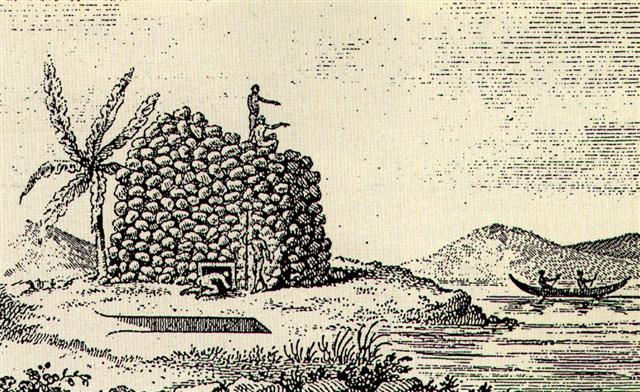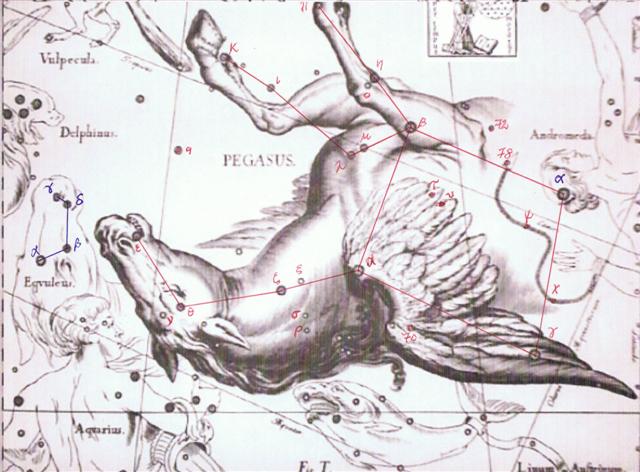Once again. There was a dark season which seems to have had a duration of around 33 right ascension nights:
This will remind us of the Hawaiian 33 days from the return of the Pleiades; viz. *275 - *242: ... The correspondence between the winter solstice and the kali'i rite of the Makahiki is arrived at as follows: ideally, the second ceremony of 'breaking the coconut', when the priests assemble at the temple to spot the rising of the Pleiades, coincides with the full moon (Hua tapu) of the twelfth lunar month (Welehu). In the latter eighteenth century, the Pleiades appear at sunset on 18 November. Ten days later (28 November), the Lono effigy sets off on its circuit, which lasts twenty-three days, thus bringing the god back for the climactic battle with the king on 21 December, the solstice (= Hawaiian 16 Makali'i). The correspondence is 'ideal' and only rarely achieved, since it depends on the coincidence of the full moon and the crepuscular rising of the Pleiades ...
From November 28 (332) to December 23 (357) there were 22 + 3 = 25 days, i.e. 3 days more than the cycle of Lono (Rongo). What star would we find if we counted 10 days (= 332 - 322) ahead from Sadalmelik? Answer: η Pegasi = Matar:
The right front leg of the (Pegasus) Horse was at the star of Rain (Matar, η Pegasi). ... He is a mighty hunter and makes rain, when it is needed, by rattling an oak-club thunderously in a hollow oak and stirring a pool with an oak branch - alternatively, by rattling pebbles inside a sacred colocinth-gourd or, later, by rolling black meteoric stones inside a wooden chest - and so attracting thunderstorms by sympathetic magic ... Possibly the Bull (Taurus) had developed into a Horse (Pegasus). The Egyptian Bull's Thigh was high up in the center of the sky (at the Top of the Roof so to say):
|
||||||||||||||||||||||||||||||||||||||||||||||||||||||||||||||||||||||||||||||||||||||||||||||||||||||||||


